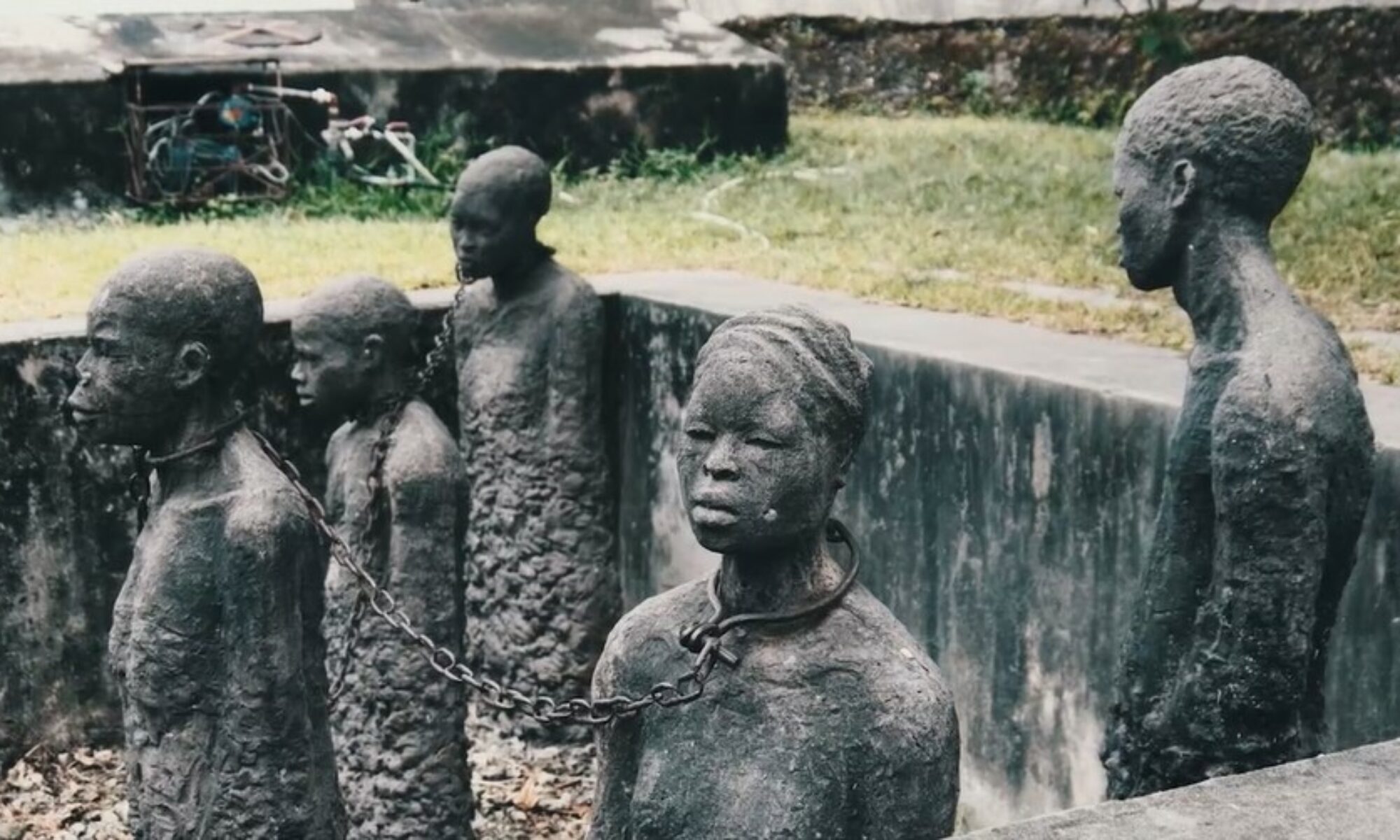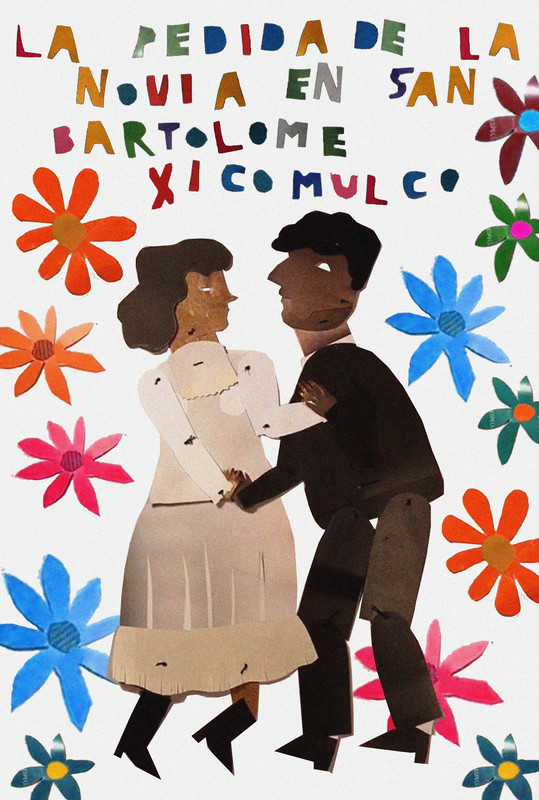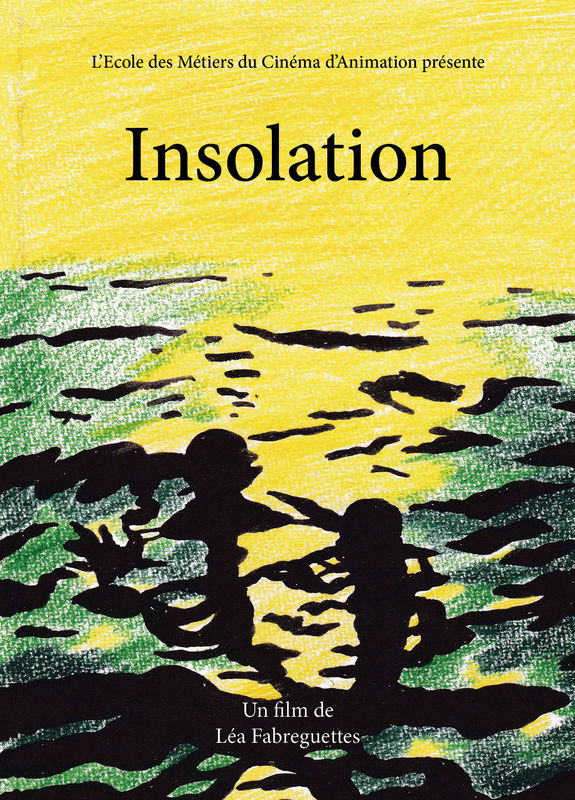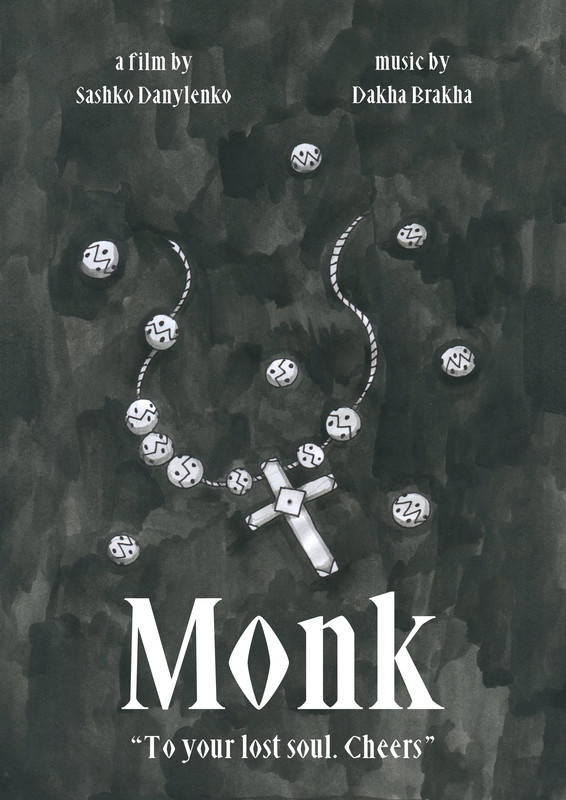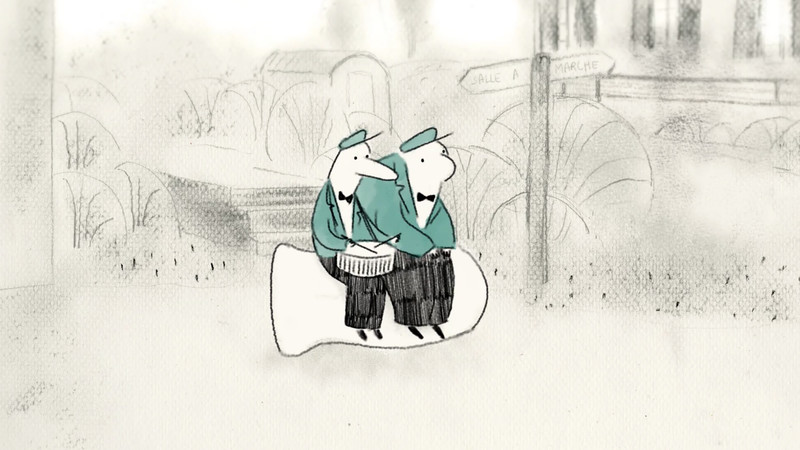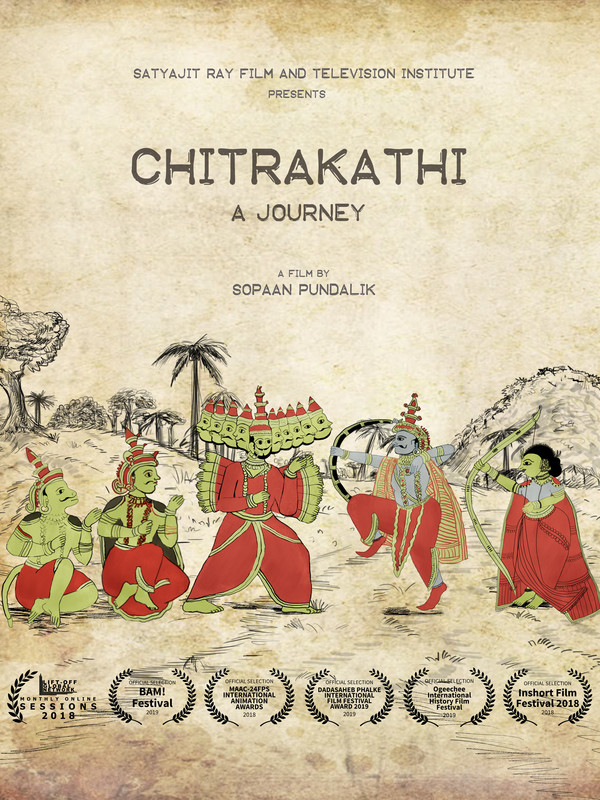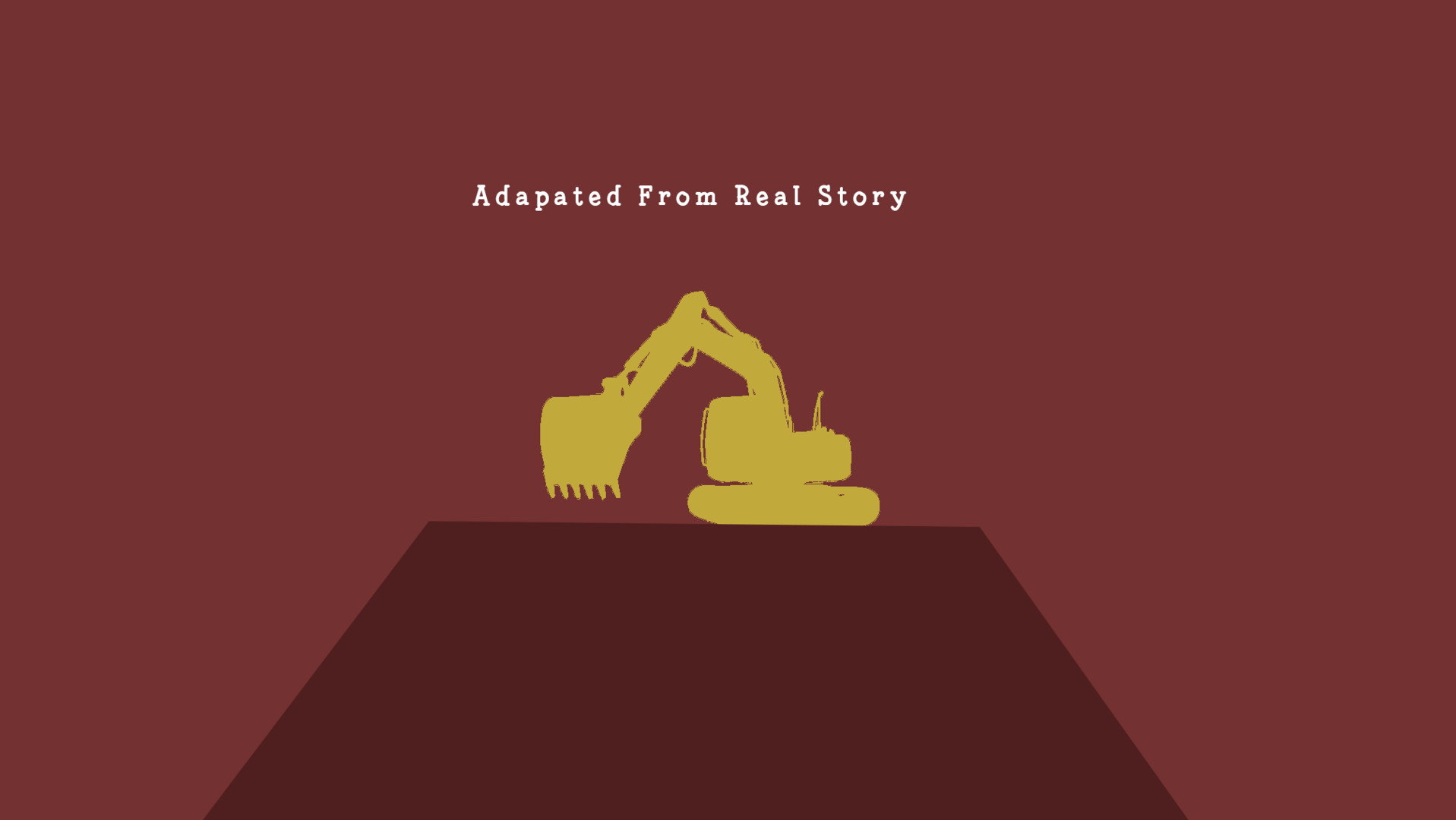 A film about the experience of visiting Benformoso street: the possibility of recognizing so many different cultures only by the clothes hanging on the stretches of the various houses of this street.
A film about the experience of visiting Benformoso street: the possibility of recognizing so many different cultures only by the clothes hanging on the stretches of the various houses of this street.
Another Rhythm
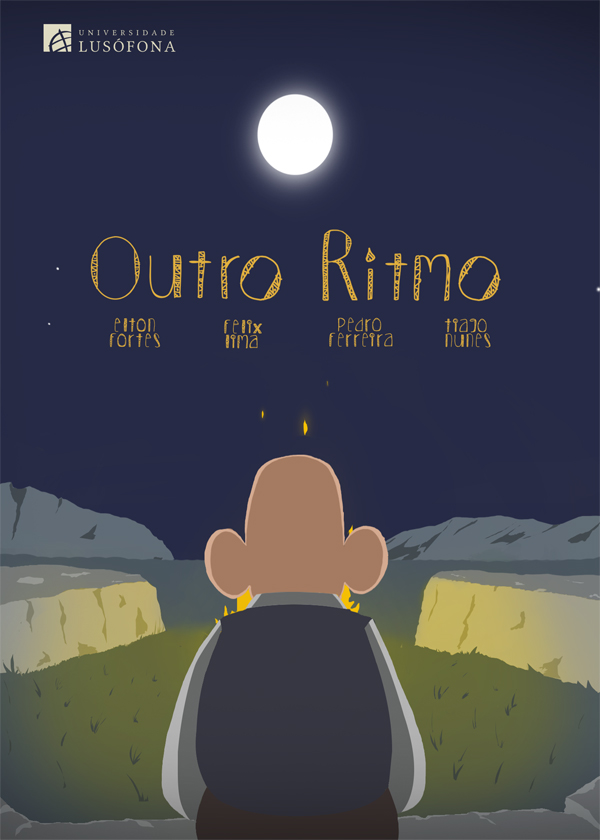 An elderly man, satisfied with his peaceful rural routine, is invaded by a wild nomadic group who camps outside his house. During their stay, we see that he is not happy with their presence, but the interaction with one of the children of the tribe will trigger changes in the way the old man interacts with the world.
An elderly man, satisfied with his peaceful rural routine, is invaded by a wild nomadic group who camps outside his house. During their stay, we see that he is not happy with their presence, but the interaction with one of the children of the tribe will trigger changes in the way the old man interacts with the world.
The request of the bride in San Bartolomé Xicomulco
Isolation
Monk
Nawabi Baluchari
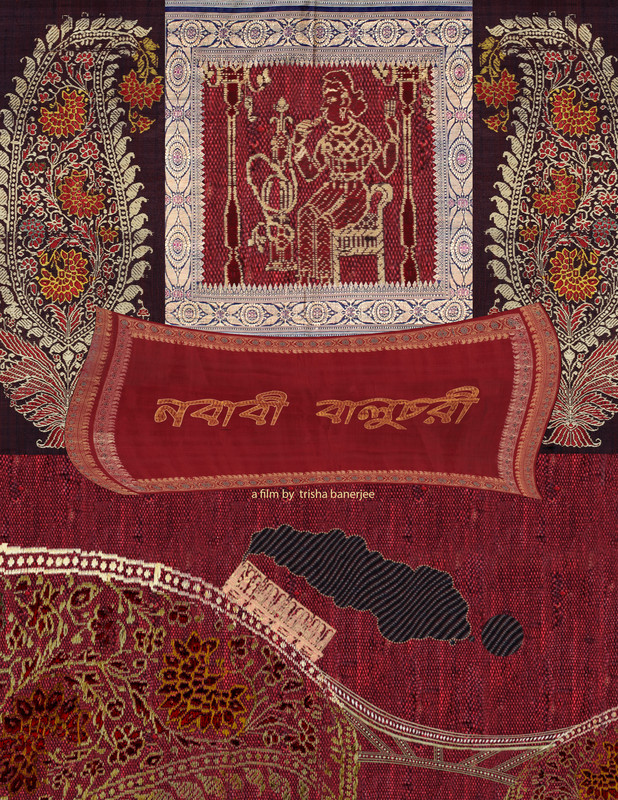 The film ‘Nawabi Baluchari’ is about a special kind of silk tapestry of West Bengal, India. When Murshid Quli Khan became the first Nawab of Bengal, he transferred his office and courtyard to Murshidabad from Dhaka. There were silk weavers in a nearby village named Baluchar. The weavers were encountering the extravagant lifestyle of the Nawab for the first time. By being overwhelmed they created a kind of tapestry. They brought it to the Nawab for seeking some fortune. The foreign businessmen who was visiting the Nawab also discovered the new kind of tapestry. They made it as contemporary documentation. Periodically it has the Nawabs, then the foreigners, and their visits with the Nawab in the Nawabs Palace. The design shows Bibi is sitting as importantly as the Nawab in the court. It also has British women having tea in the garden, foreigner couples are on a boat trip on the Ganges with a native sailor. The intricacy in their hairstyle, clothes, jewelry, shoes are impeccable. Then comes the steam engine and the whole train as a motif on the tapestry. This new kind of weaving art made Murshidabad and the village Baluchar famous worldwide. The tapestry was gained fame by the name ‘Baluchari’. It all happened within 200 years. Devasting flood came over Baluchar for three consecutive years. The river Bhagirathi engulphed the village. Due to this calamity the weavers faced fatal consequences. A few of them flew to a drier land Bankura [200 km away]. This way fate puts the Baluchari weaving in the Baluchar village inside a coffin.
The film ‘Nawabi Baluchari’ is about a special kind of silk tapestry of West Bengal, India. When Murshid Quli Khan became the first Nawab of Bengal, he transferred his office and courtyard to Murshidabad from Dhaka. There were silk weavers in a nearby village named Baluchar. The weavers were encountering the extravagant lifestyle of the Nawab for the first time. By being overwhelmed they created a kind of tapestry. They brought it to the Nawab for seeking some fortune. The foreign businessmen who was visiting the Nawab also discovered the new kind of tapestry. They made it as contemporary documentation. Periodically it has the Nawabs, then the foreigners, and their visits with the Nawab in the Nawabs Palace. The design shows Bibi is sitting as importantly as the Nawab in the court. It also has British women having tea in the garden, foreigner couples are on a boat trip on the Ganges with a native sailor. The intricacy in their hairstyle, clothes, jewelry, shoes are impeccable. Then comes the steam engine and the whole train as a motif on the tapestry. This new kind of weaving art made Murshidabad and the village Baluchar famous worldwide. The tapestry was gained fame by the name ‘Baluchari’. It all happened within 200 years. Devasting flood came over Baluchar for three consecutive years. The river Bhagirathi engulphed the village. Due to this calamity the weavers faced fatal consequences. A few of them flew to a drier land Bankura [200 km away]. This way fate puts the Baluchari weaving in the Baluchar village inside a coffin.
